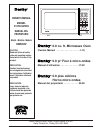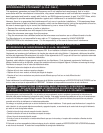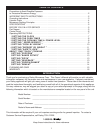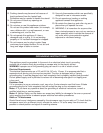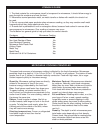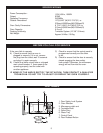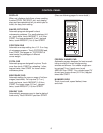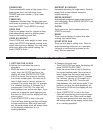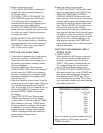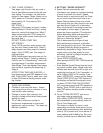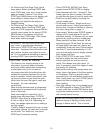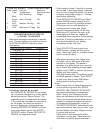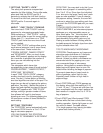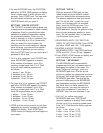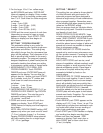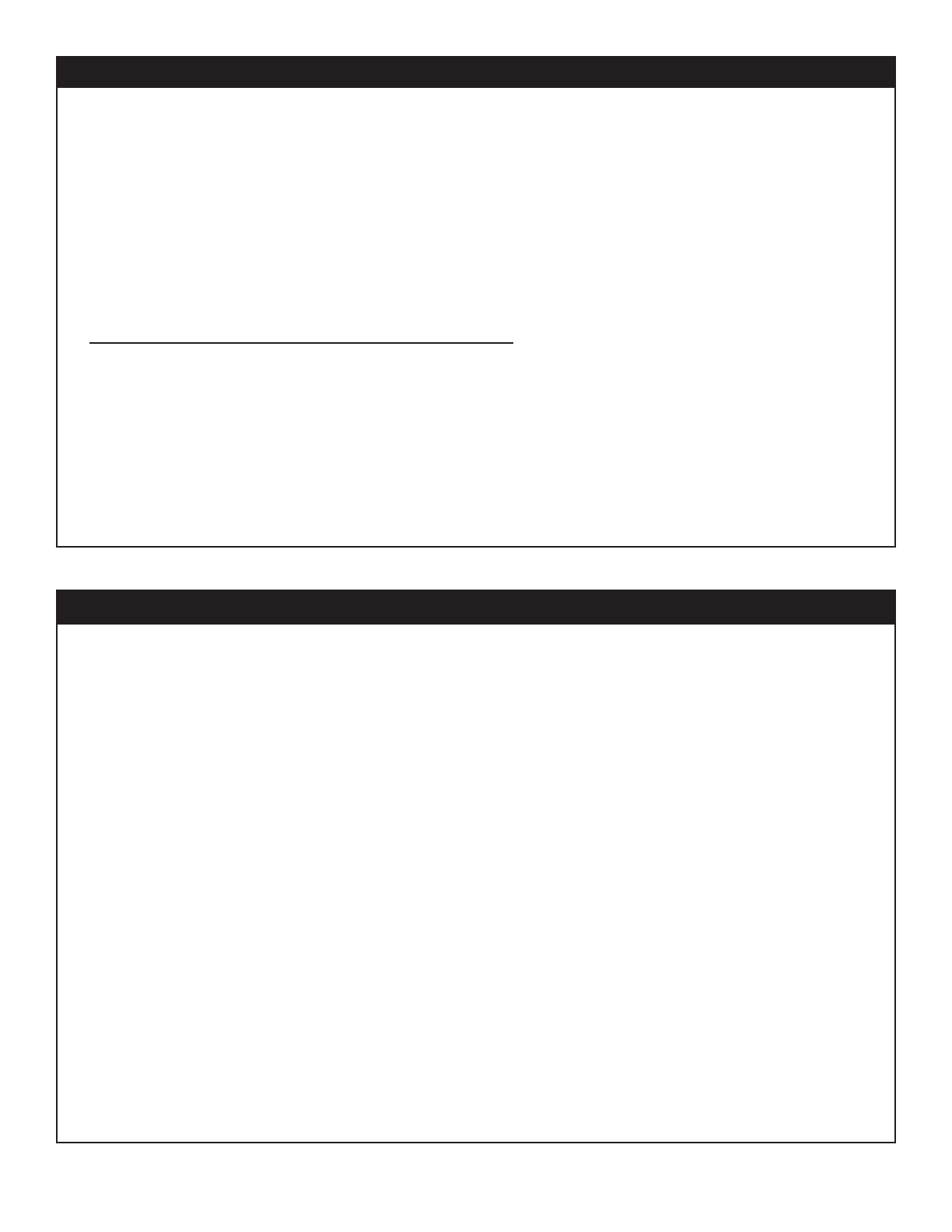
1. The ideal material for a microwave utensil is transparent to microwaves, it should allow energy to
pass through the container and heat the food.
2. Microwaves cannot penetrate metal, so metal utensils or dishes with metallic trim should not
be used.
3. Do not use recycled paper products when microwave cooking, as they may contain small metal
fragments which may cause sparks and/or fires .
4. A round dish is preferable to oval or rectangular dishes, because food cooked in corners allow
more exposure to microwaves. Over cooking at corners may occur.
The list below is a general guide to help you select the correct utensils.
Cookware Microwave Cooking
Heat-Resistant Glass Yes
Non Heat-Resistant Glass No
Heat-Resistant Ceramics Yes
Microwave-Safe Plastic Dish Yes
Kitchen Paper Yes
Metal Tray No
Metal Rack No
Aluminum Foil & Foil Containers Yes
UTENSILS GUIDE
The speed and evenness of microwave cooking is affected by the foods themselves. Microwaves
penetrate foods to a depth of 1.8 to 3.8 cm (3/4 to 1 1/2 inches) on all surfaces. The interior of foods
greater than 5 cm (2 inches) in diameter heats by conduction. Food with high water, fat or sugar
content respond quickly to microwave energy.
MICROWAVE COOKING PRINCIPLES
Quantity. Microwave cooking times are directly
related to the amount of food in the oven
because energy is absorbed by the food itself.
Size. Small pieces cook faster than large ones.
To speed cooking, cut pieces smaller than 5
cm(2 inches), so microwave can penetrate to the
center from all sides. For even cooking, make all
the pieces the same size.
Shape. Foods irregular in shape, like fish or
chicken breasts, take longer to cook in the thick-
er parts. To help them cook evenly, place the
thickest parts to the outside of the dish, where
they will receive more energy.
Starting temperature. Frozen or refrigerated
food takes longer to heat than food at
room temperature.
Moisture Content. Microwaves are attracted
by moisture. Naturally moist foods microwave
better than dry ones. Add a minimum of liquid to
moist foods, as excess water slows cooking.
Prick foods with skins like those on potatoes or
squash, so internal steam can escape.
Fat and Bone. Marbling within meat, or a thin,
even layer of fat on a roast, speeds cooking.
Large fatty areas or excess drippings in dish
attract energy away from meat to slow cooking.
Center bones do not affect cooking, but bone on
the side of meat conducts heat to the areas
next to it.
Density. The depth to which microwaves pene-
trate foods varies depending on their density.
Porous foods, like ground beef or mashed pota-
toes, microwave faster than dense ones like
steak or whole potatoes.
4



